Central Coast Property Market & Location Profile
Property Market Trends
The Central Coast property market has experienced strong long-term growth, driven by its relative affordability and lifestyle appeal. Over the past decade, house prices in the region have more than doubled – [subscribe to view detailed historical growth data]. This far outpaced the average for regional NSW, reflecting sustained buyer demand. Recent years saw a pandemic-era surge as city dwellers relocated for lifestyle, pushing median house prices to [subscribe for price details] in the southern (Gosford) areas and [subscribe for price details] in northern (Wyong) areas. After a slight cooling in 2022–2023 (due to interest rate rises), the market showed signs of recovery in late 2023 with Gosford house values rebounding [subscribe to see current rebound figures]. Overall, Central Coast remains attractive as it offers house prices [subscribe to view comparative affordability figures] than Sydney’s median (Sydney [subscribe for details]).
Importantly, Microburbs data indicates a positive future outlook. Many Central Coast suburbs are forecast to see high capital growth. In particular, “high-growth” suburbs are expected to appreciate at [subscribe to view exclusive forecast figures] per annum in coming years. These include standout performers like Booker Bay, Glenning Valley, and Wagstaffe – each with subscriber‐only detailed forecasts available when you subscribe. Such growth predictions suggest confidence in the region’s fundamentals – demand is projected to outstrip supply in these areas, even as broader market conditions stabilize. While interest rates and lending criteria will influence short-term activity, the Central Coast’s long-term trajectory is upward, underpinned by population growth and lifestyle migration. Low vacancy rates and rising rents ([subscribe for detailed rental growth data]) further reflect a tight market, offering investors steady rental income alongside capital gains. In summary, the Central Coast market balances strong growth prospects with relative affordability, making it appealing to both investors seeking above-average returns and homebuyers looking for value outside the capital cities.
High-Growth Forecast Suburbs
Several Central Coast suburbs stand out for their high growth potential, thanks to a mix of lifestyle appeal, limited supply, and community quality. Below we profile three top-performing suburbs – Booker Bay, Glenning Valley, and Wagstaffe – and highlight others with a strong investment case.
Booker Bay – Peninsula Charm and Strong Demand (Forecast: [subscribe for exclusive forecast])
Booker Bay (postcode 2257) tops the region’s list with a highly promising growth profile. Subscribe to Microburbs to access exclusive annual growth forecasts. This small suburb on the Woy Woy Peninsula offers a coveted waterfront lifestyle and tight housing supply. Bounded by Brisbane Water and near Ettalong Beach, Booker Bay is known for its scenic bay views, quiet streets, and proximity to beaches and cafes. The suburb primarily consists of houses (many on small blocks), and development opportunities are scarce – recent years saw only a handful of dual-occupancy projects and infill housing (as indicated by minimal new dwelling approvals (Detailed Suburb Report for Booker Bay - Microburbs)).
Supply constraints are a key factor in its growth potential; with virtually no open land for large subdivisions, any increase in demand quickly puts upward pressure on prices.
Lifestyle and community factors also drive Booker Bay’s appeal. Microburbs scores show a high quality of life – for full details on scores such as Lifestyle, Tranquillity, Convenience, and Affluence, please subscribe. Residents enjoy foreshore parks, boating/fishing facilities, and walkability to the Ettalong town centre (shops, restaurants, markets, cinema). Despite its popularity with retirees (the dominant age group is 70–79) and holiday-home owners, Booker Bay is not exclusively affluent – its affluence details and other metrics are available on our subscriber dashboard. The suburb is extremely safe, fostering a close-knit feel.
In terms of property metrics, Booker Bay’s median house price is [subscribe for price details] (as of 2024) and median rent is [subscribe for rental details], yielding [subscribe for yield information]. While yields are relatively low (typical for expensive coastal markets), investors are banking on further growth as Sydney sea-changers continue to target the Peninsula. For homebuyers, Booker Bay offers a serene, holiday-at-home lifestyle with excellent amenities – all within 70 minutes of Sydney. Its high forecast growth is underpinned by enduring demand and limited supply.
(For full detailed Microburbs Scores including Lifestyle, Safety, Convenience, Tranquillity, and Community, please subscribe.)
Glenning Valley – Family Haven with Upside (Forecast: [subscribe for exclusive forecast])
Glenning Valley (2261) is an inland suburb with a promising growth profile. Subscribe to Microburbs to see our exclusive annual growth forecast. Located in the northern Central Coast hinterland, west of Tuggerah Lake, Glenning Valley offers a quiet residential setting with larger blocks and bushland surrounds. It’s slightly removed from the coastline, meaning more affordable housing without sacrificing lifestyle. (As of 2024, the median house price is [subscribe for price details], notably lower than beachside suburbs.) This affordability, combined with recent double-digit price growth, suggests significant catch-up potential – buyers priced out of coastal hotspots are discovering Glenning Valley’s appeal.
A major driver of Glenning Valley’s potential is its high liveability and family-friendly environment. For complete Microburbs scoring details (including Family, Safety, Tranquillity, Lifestyle, and Convenience scores), please subscribe. With leafy streets and adjacent bush reserves, residents enjoy tranquility and close proximity to major shopping and services. The suburb also benefits from a strong sense of community, with many long-term owner-occupiers contributing to its stability. From an investment perspective, Glenning Valley’s upside potential comes from its strategic location amid growth nodes and limited new housing supply. Subscribe to access the full investment case and detailed property metrics.
(For complete Microburbs Scores, please subscribe.)
Wagstaffe – Exclusive Coastal Enclave (Forecast: [subscribe for exclusive forecast])
Wagstaffe (2257) exemplifies a high-end coastal enclave with significant property potential. Subscribe to see exclusive forecast details. This tiny harbourside village on the Bouddi Peninsula, adjacent to Killcare and Hardys Bay, has a very limited resident population and a compact area ([subscribe for demographic and area statistics]). The suburb is bordered by Brisbane Water on one side and Bouddi National Park on the other, leaving virtually no room for further residential development. This beautiful isolation – combined with prestige homes – leads to a classic supply–demand imbalance: very few properties trade, and when they do, prices are high and climbing. Recent sales include waterfront homes in the [subscribe for sales price details] range. Such price points reflect Wagstaffe’s exclusivity, yet Microburbs signals continued strong growth ahead – detailed forecasts are available when you subscribe.
Lifestyle is Wagstaffe’s trump card. The suburb offers a tranquil, slow-paced coastal lifestyle amid nature. For full details on Microburbs safety, tranquillity, and community scores, please subscribe. The community is tight-knit – many residents are long-term owner-occupiers, and local identity runs strong. While local amenities are modest ([subscribe for convenience metrics]), the unique transport option of a nearby ferry terminal boosts its appeal. Upcoming infrastructure such as faster internet and improved regional transport links will only increase Wagstaffe’s accessibility. For investors, Wagstaffe represents a low-risk, high-reward prestige market; advanced metrics like the Housing Affordability Index and detailed yield data are available exclusively to subscribers.
(For full detailed Microburbs Scores, please subscribe.)
Other Notable Investment Locations
Beyond the three above, several other Central Coast suburbs present strong investment cases:
- Ettalong Beach & Umina Beach – Adjacent to Booker Bay on the Peninsula, these suburbs offer a similar beachside lifestyle and have seen robust growth. Ettalong, with its ferry to Palm Beach and popular café strip, remains in high demand among downsizers and weekenders. Umina Beach combines beautiful surf beaches with more affordable family homes inland. Both have benefited from spillover buyer interest from Sydney; their detailed price and growth data are available when you subscribe.
- Affordable Hinterland Suburbs – Areas such as Niagara Park, Lisarow, and Ourimbah offer better affordability while tapping into regional growth. With median house prices in the [subscribe for current median price details] range and strong community and safety metrics, these regions provide entry points for young families and investors alike.
- Northern Lakes District – Suburbs around Lake Munmorah and Budgewoi (e.g. Hamlyn Terrace, Woongarrah, San Remo) are part of the northern growth corridor. With larger new housing estates and attractive rental yields ([subscribe for current rental yield details]), these areas stand to benefit from enhanced connectivity and infrastructure investments driven by government initiatives.
SuburbForecast Annual GrowthMedian House PriceMicroburbs “Lifestyle” ScoreSafety (Crime) ScoreCommunity ScoreBooker Bay[subscribe for forecast][subscribe for price details]9/10 (Detailed Suburb Report for Booker Bay - Microburbs)9/10 (Detailed Suburb Report for Booker Bay - Microburbs)9/10 (Detailed Suburb Report for Booker Bay - Microburbs)Glenning Valley[subscribe for forecast][subscribe for price details]8/10 (Detailed Suburb Report for Glenning Valley - Microburbs)9/10 (Detailed Suburb Report for Glenning Valley - Microburbs)10/10 (Detailed Suburb Report for Glenning Valley - Microburbs)Wagstaffe[subscribe for forecast][subscribe for price details]8/10 (Detailed Suburb Report for Wagstaffe - Microburbs)10/10 (Detailed Suburb Report for Wagstaffe - Microburbs)10/10 (Detailed Suburb Report for Wagstaffe - Microburbs)Ettalong Beach[subscribe for forecast][subscribe for price details]8/108/109/10Hamlyn Terrace[subscribe for forecast][subscribe for price details]7/108/108/10
Table: Key indicators for select Central Coast suburbs with strong forecast growth. To view full detailed statistics and forecasts, please subscribe.
Economic and Demographic Drivers
Broader economic and demographic trends underpin the Central Coast property market’s performance. The region is home to [subscribe for population details] and growing. While historically the annual population growth has been modest ([subscribe for trend details]) per year on average, projections indicate acceleration – with numbers forecast to exceed [subscribe for updated projection] by 2041. Recent patterns suggest an upswing due to migration: during 2020–2022, many Sydney families and retirees relocated to the Coast, boosting internal migration. Although this influx has normalized as borders reopened, the Central Coast continues to attract new residents with its mix of jobs, affordability and lifestyle. Notably, population growth in the northern half (former Wyong LGA) has outpaced the south, partly owing to more housing development and relative affordability.
On the economic front, the Central Coast has a diverse and evolving economy. It is not just a “commuter region” for Sydney – though [subscribe for commuter statistics] of working residents commute to Sydney or Newcastle, a solid local job base exists and is expanding. The largest employment sector is Health Care and Social Assistance, reflecting the region’s large hospitals, aged care facilities, and health services network. Other key industries include Retail, Construction, Education, Tourism, and Professional Services. The Coast’s major shopping precincts and numerous town centres support thousands of retail jobs. Construction has been buoyant, driven by infrastructure projects and residential development. Education is also significant – with university campuses and many schools providing employment. For full demographic and economic insights, please subscribe.
Transport and Infrastructure
Transport connectivity and infrastructure development play a pivotal role in the Central Coast’s property outlook. Strategically located between Sydney and Newcastle, the region is linked by the M1 Pacific Motorway. For drivers, this means a straightforward highway commute: from Gosford to Sydney CBD is about [subscribe for distance details] (roughly [subscribe for travel time details] by car, traffic dependent). Recent infrastructure improvements – including the opening of the NorthConnex tunnel in 2020, which bypassed multiple traffic signals – have notably reduced travel times ([subscribe for infrastructure updates]).
Within the region, ongoing road upgrades have enhanced connectivity and safety. Key arterials like the Pacific Highway and Central Coast Highway have seen significant intersection improvements, while projects such as the Empire Bay Drive upgrade have eased congestion on the Peninsula. Additional projects, including the planned North Wyong Highway Upgrade and Link Road at Warnervale, are set to support further growth. For up-to-date transport statistics and planning details, please subscribe.
Public Transport:
The Central Coast & Newcastle rail line provides direct train services to Sydney and north to Newcastle, with key stations such as Woy Woy, Gosford, Tuggerah, and Wyong. While travel times (typically [subscribe for train ride details]) may seem long, express services and on-board amenities help. Bus services complement train options, connecting suburbs to retail hubs and station areas. Additionally, the Palm Beach Ferry service operates from Ettalong Beach and Wagstaffe, offering a scenic 30-minute route (details available with a subscribe) to Sydney’s Northern Beaches.
Upcoming Infrastructure Projects:
Transformative projects are in the pipeline, notably a proposed high-speed rail corridor between Sydney and Newcastle via the Coast – potentially reducing travel times to as little as [subscribe for updated travel projections]. The government’s commitment includes significant funding ([subscribe for funding details]) and strategic planning meant to elevate the region’s connectivity. Local infrastructure investments, such as those detailed in the Central Coast Regional Plan, further support housing development and improved public transport options. For comprehensive planning and project updates, please subscribe.
Risk and Environmental Considerations
While the Central Coast offers many positives, it’s important to assess potential risks and environmental factors that could impact property investment. Key considerations include crime and safety, natural hazards like flooding or bushfires, and climate-related challenges.
Crime and Safety:
Most Central Coast suburbs highlighted for growth have low crime rates, though some urban precincts (e.g. parts of Gosford CBD, Wyong town) exhibit higher incidences of petty crime. Microburbs’ Safety Scores provide valuable insights – for instance, a suburb scoring significantly lower warrants closer scrutiny. Full details of risk assessments are available to subscribers.
Bushfire Risk:
The region’s bushland setting comes with bushfire hazards. Many areas border national parks or reserves – for example, Wagstaffe backs onto Bouddi National Park while certain northern suburbs abut state forests. Though local authorities implement proactive hazard reduction and firefighting strategies, properties in bush interface zones may face higher insurance premiums and building restrictions. Subscribe to view detailed hazard maps and risk assessments.
Flooding and Coastal Hazards:
Water provides lifestyle benefits but also brings risks such as flooding in low-lying areas around Brisbane Water and Tuggerah Lakes. Local councils enforce planning controls and mitigation measures, such as raised construction, to manage these risks. For full details on flood zones and coastal protection, please subscribe.
Environmental Constraints:
Many areas of the Central Coast have environmental protections limiting development. Conservation overlays—and restrictions related to endangered species habitats, wetlands, or heritage sites—can impact planning and potential property modifications. Detailed environmental and planning records are available for subscribers.
In summary, while risks such as crime, bushfires, flooding, and environmental constraints exist, careful due diligence (aided by Microburbs’ robust data) can ensure that the region’s advantages far outweigh its hazards.
Future Development and Market Outlook
Looking ahead, the Central Coast property market is poised for continued growth, underpinned by upcoming developments and supportive policy settings. Investors and homebuyers can expect a dynamic outlook shaped by new projects, infrastructure, and government initiatives.
Urban Development and Housing:
To accommodate a growing population, significant plans for new housing and urban renewal are underway. The NSW Government’s Central Coast Regional Plan 2041 outlines the creation of tens of thousands of new dwellings, with redevelopment focused around key centres and new release areas. Major growth precincts such as Gosford City Centre and the Warnervale–Wadalba corridor are set for transformative expansion. Infill development and densification are also on the agenda, with measures to modernize older housing stock while preserving the Coast’s character.
Economic and Job Growth Initiatives:
Local employment growth supports the property market outlook, with business parks and industrial developments (alongside institutional investments in education and health) contributing to increased housing demand. Initiatives such as university expansions and scientific research hubs are expected to bolster economic performance. For detailed sector forecasts and job growth metrics, please subscribe.
Government Policies and Incentives:
Federal and state incentives, combined with extensive infrastructure funding (from transport to sports facilities), create a favorable environment for property investment. Policy support continues to mitigate risks and stimulate growth across the region.
Market Outlook:
Overall, the property market is projected to grow steadily over the next 5–10 years. While median price growth may moderate to sustainable levels, niche pockets could enjoy notable rises. Robust rental demand, supported by low vacancy rates and ongoing household formation, further enhances the market’s appeal. For full market outlook reports and future forecasts, please subscribe.
Discover Microburbs: Advanced Data Tools at Your Fingertips
Microburbs is at the forefront of property data analytics—delivering hyperlocal insights updated on a weekly basis. By subscribing, you gain exclusive access to:
• Detailed Property Reports offering street-level insights, historical sales data, and risk assessments.
• An AI Property Finder that filters millions of listings to identify properties perfectly matching your investment criteria.
• A Strategic Suburb Finder and in-depth Suburb Reports that reveal key market trends, live scores, and forecast metrics.
• Interactive data tools like the Suburb DataExplorer to visualize over 5000 indicators and stay ahead in a dynamic market.
Unlock the full potential of property data and make informed decisions by subscribing to Microburbs today.
In conclusion, the Central Coast in 2025 stands as a region of opportunity and growth. High-growth suburbs like Booker Bay, Glenning Valley, and Wagstaffe exemplify how lifestyle, limited supply, and strategic location translate into substantial property potential. The broader region benefits from positive demographic trends, a buoyant economy, significant infrastructure investments, and improving liveability measures. Both investors and homebuyers can find what they’re looking for on the Central Coast—whether it’s strong financial returns, an idyllic place to live or retire, or a combination of both. With smart planning and continued investment, the Central Coast’s future looks bright, and its property market is set to remain on an upward trajectory in the years ahead.
To view all detailed forecasts, metrics, and exclusive data points for any suburb on the Central Coast, please subscribe.


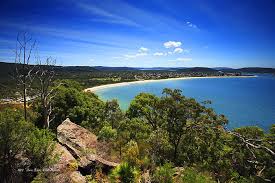
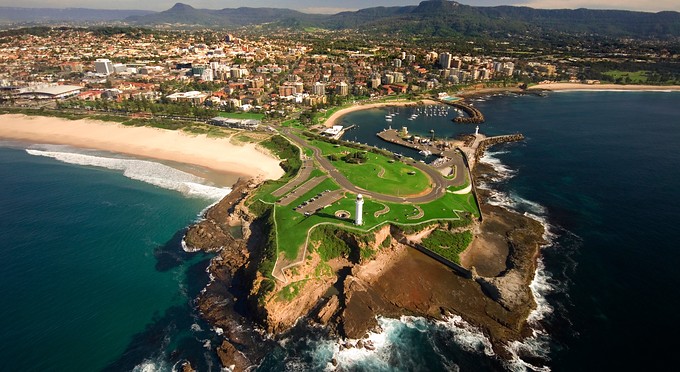
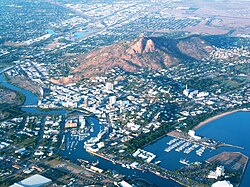

.jpg)
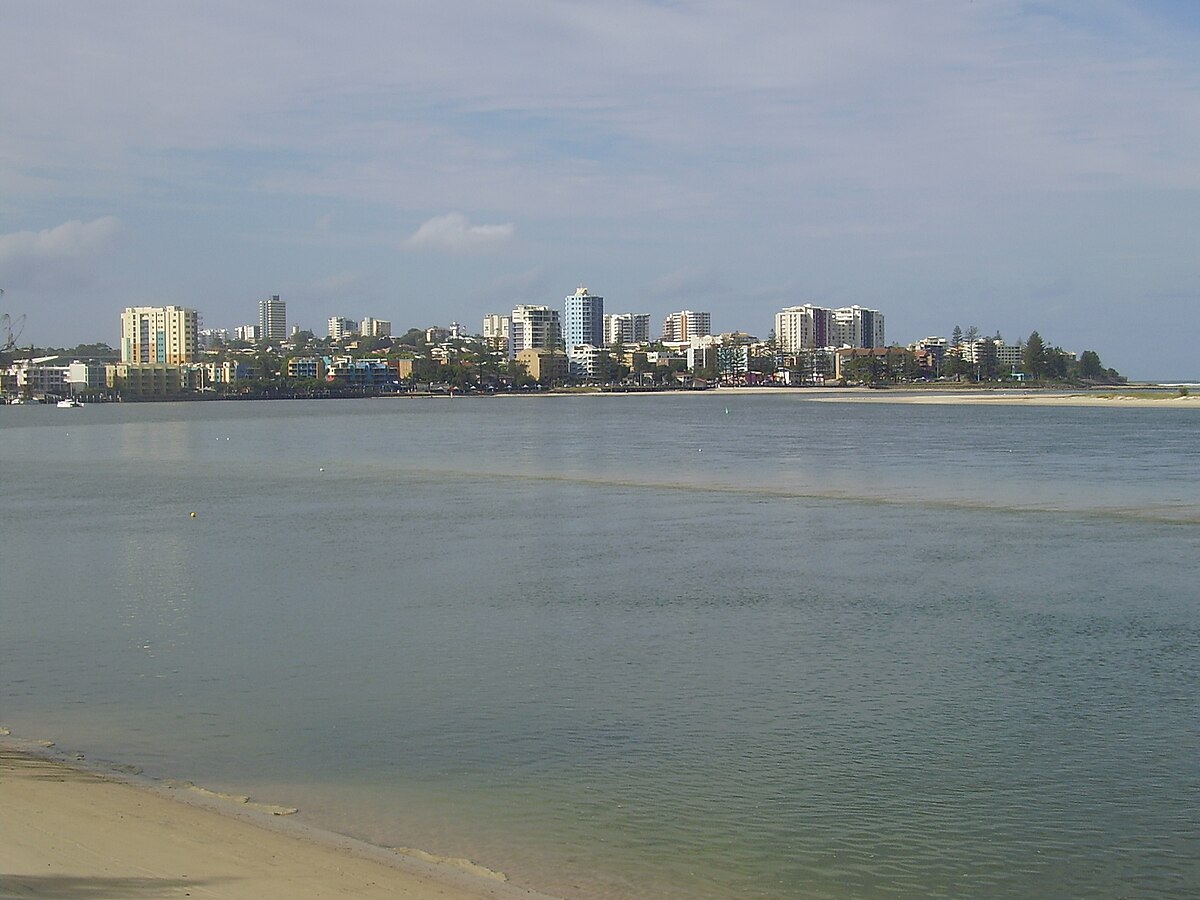

.jpg)
_(7445134654).jpg)
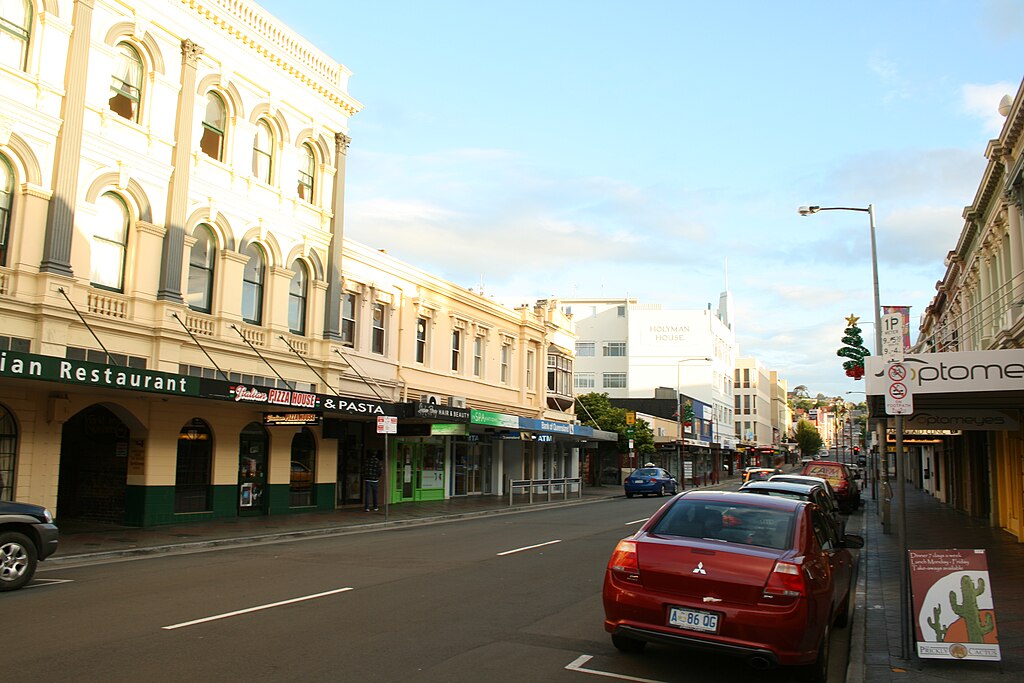

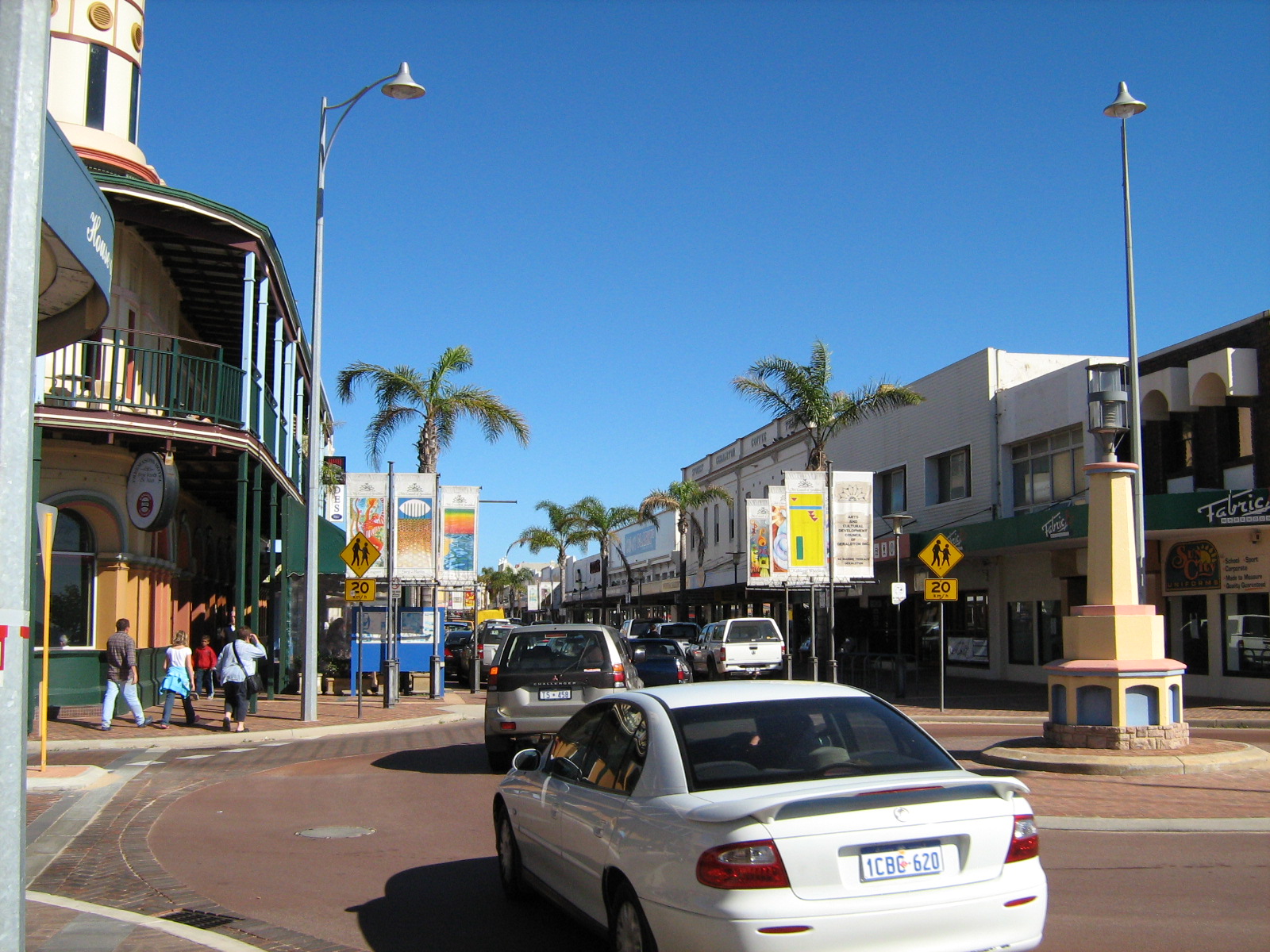
.jpg)
.jpg)

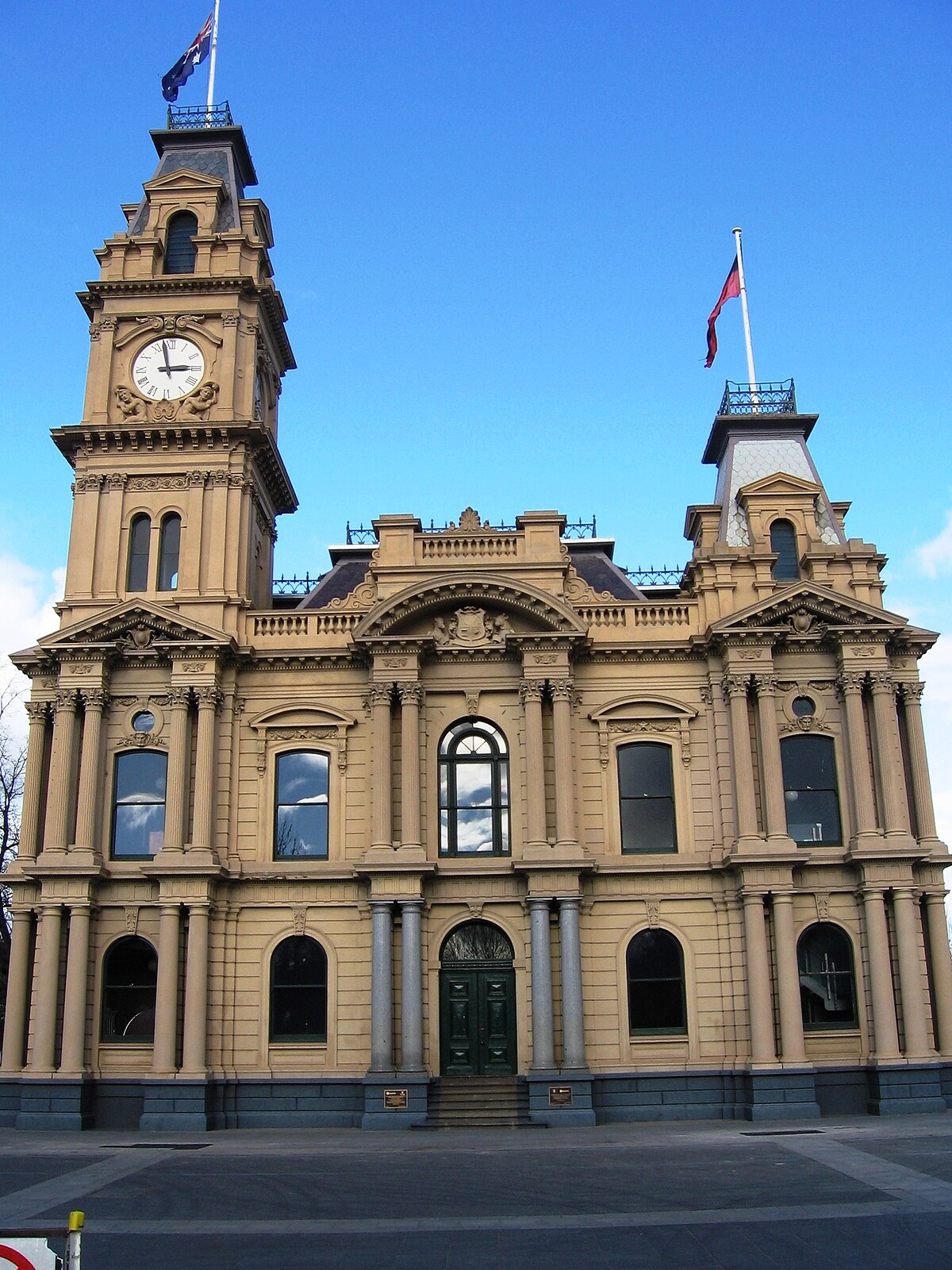


.jpg)


















